1. Mount Everest and the Yeti
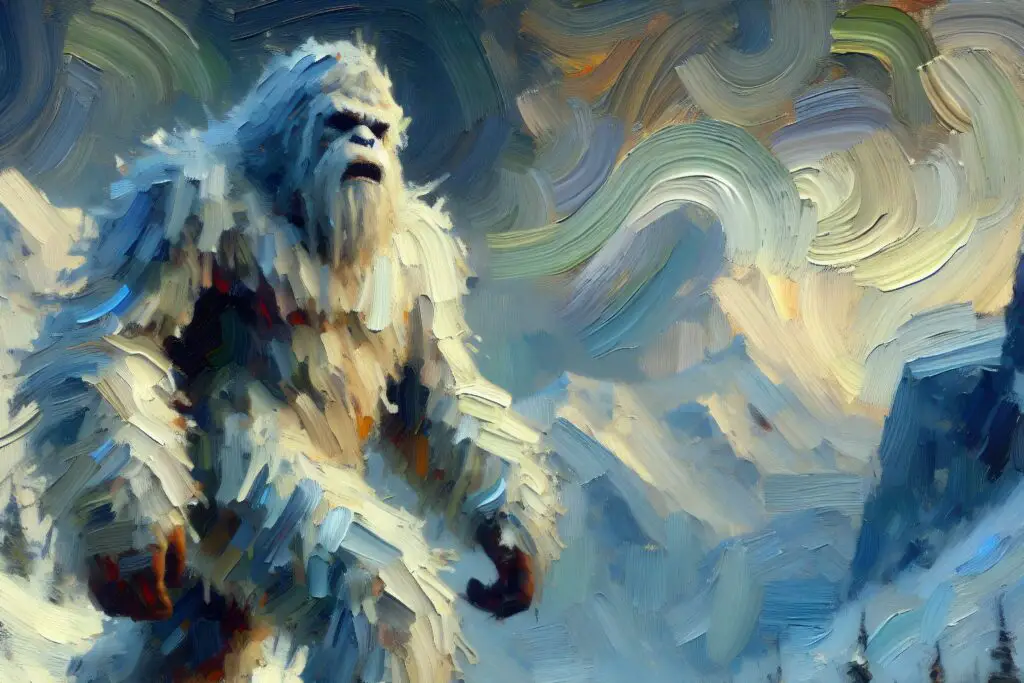
For centuries, Sherpa people have passed down stories of the Yeti, a towering, ape-like creature said to roam the slopes of Mount Everest. Climbers in the 20th century even claimed to spot massive footprints in the snow, sparking a global fascination with the so-called “Abominable Snowman.”
Whether the Yeti is real or not, the legend plays a big role in local culture. The stories often carry warnings about respecting the mountain and its dangers, reminding climbers that Everest isn’t just another peak, it’s sacred ground. The mystery only adds to the already daunting aura of the world’s tallest mountain.
2. Mount Fuji and the Goddess
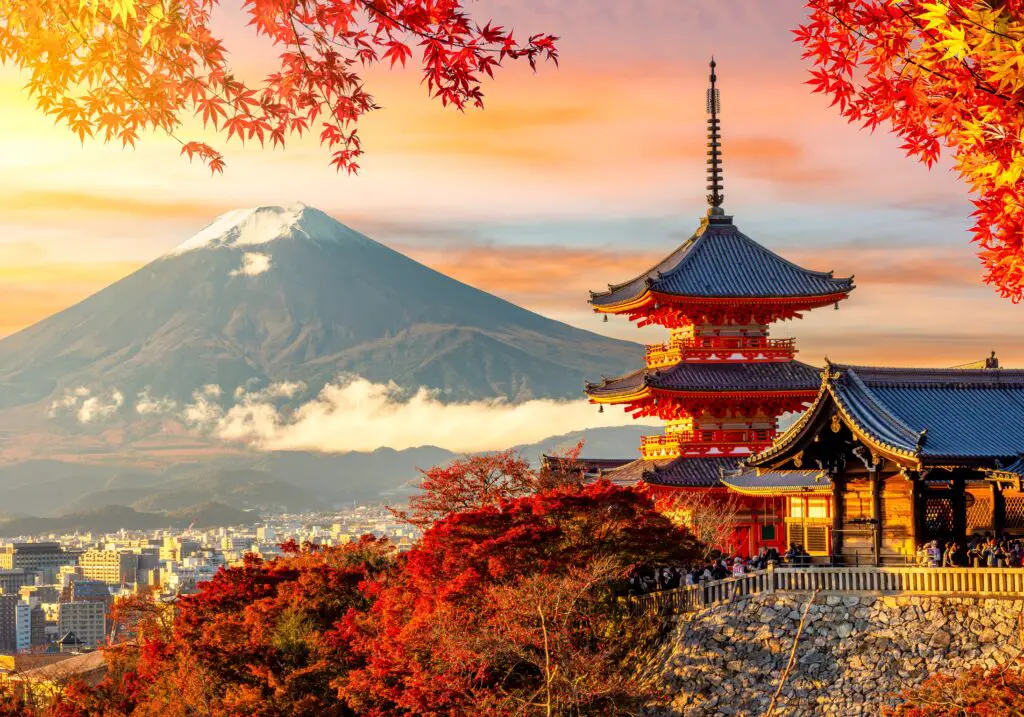
In Japan, Mount Fuji isn’t just a natural wonder, it’s home to the goddess Konohanasakuya-hime. She’s believed to watch over the volcano, often associated with blossoms and beauty. But legends also suggest she can unleash fire and destruction if disrespected.
Climbing Fuji has always been seen as both a spiritual journey and a physical challenge. Pilgrims believed reaching the summit brought them closer to the divine. Even today, the sense of reverence lingers, as people climb not just for the view but for the cultural and spiritual weight behind it.
3. Mount Olympus and the Gods
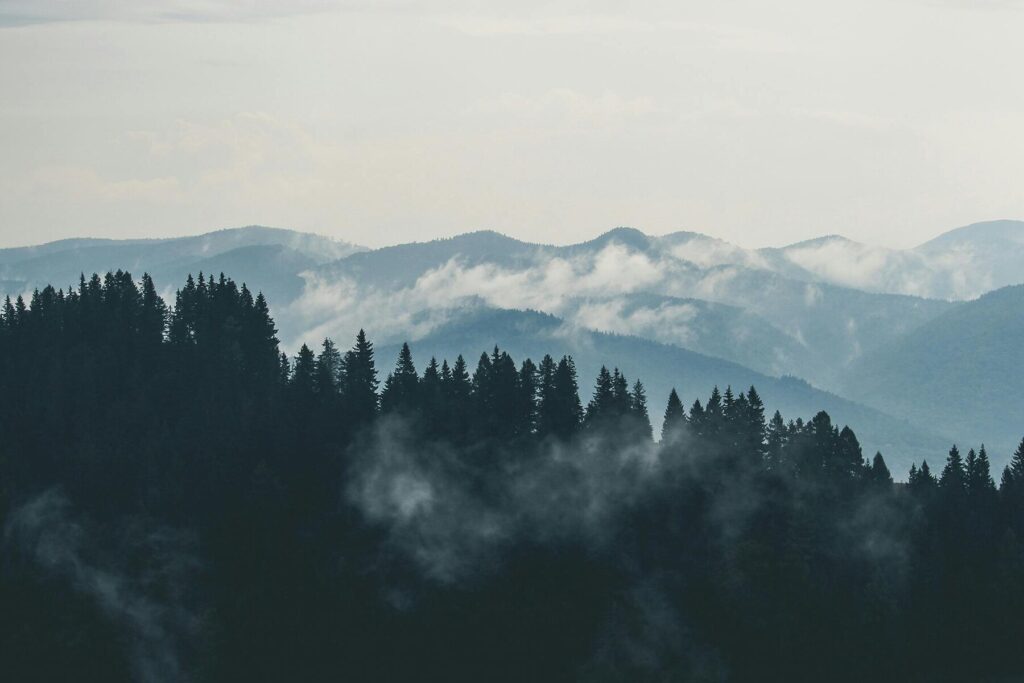
In ancient Greece, Mount Olympus was the ultimate address—it was believed to be the home of Zeus and the Olympian gods. The mountain’s ever-present clouds gave it a mysterious, otherworldly look that fed into its mythic status. Mortals were warned against trying to invade this heavenly home.
The legends painted Olympus as both a paradise and a place of fear, since angering the gods could spell disaster. Though today it’s a popular hiking spot, standing at its base still feels a little like looking up at the throne room of powerful beings. The legends have stuck around for thousands of years, keeping Olympus more than just a piece of land.
4. Mount Kailash and Eternal Life
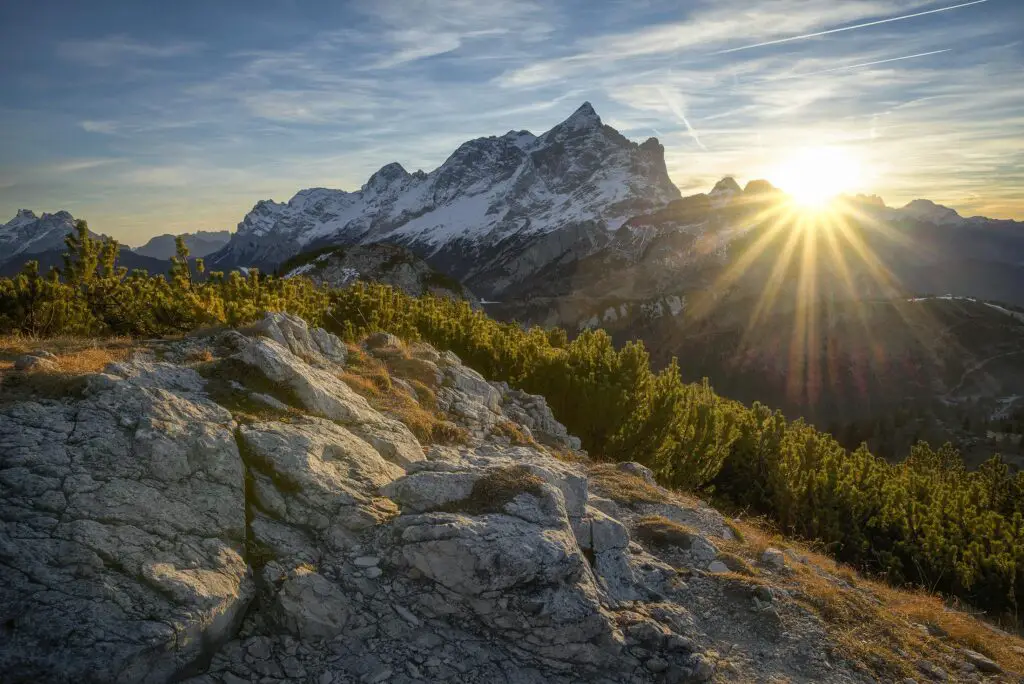
In Tibet, Mount Kailash is considered the center of the universe. Hindus, Buddhists, Jains, and followers of Bon all regard it as holy, with each tradition weaving its own legends about it. One common belief is that no human should set foot on its summit, or they risk terrible consequences.
Instead of climbing, pilgrims walk around its base, a ritual believed to bring good fortune and cleanse sins. Some stories even suggest that those who circle the mountain enough times can escape the cycle of rebirth. It’s both awe-inspiring and eerie to think of a place that’s seen as so powerful that no one dares to conquer it.
5. Mount Ararat and Noah’s Ark
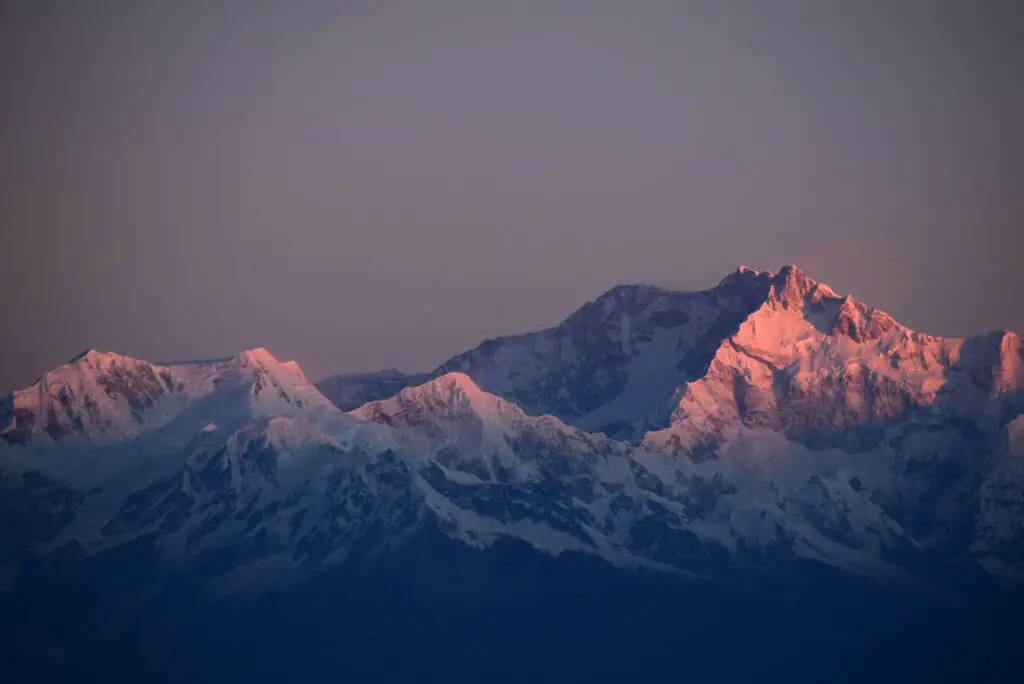
Many cultures believe Mount Ararat in Turkey is where Noah’s Ark finally came to rest after the flood. Over the centuries, explorers and locals have claimed to see remnants of the ark poking out of glaciers or buried in the ice. Whether or not those sightings are real, they’ve kept the legend alive.
For Armenians especially, Ararat is a symbol of heritage and spirituality. Standing tall and solitary, it has an almost mystical presence on the horizon. Even skeptics admit that the mountain seems to hold secrets within its icy slopes.
6. Mount Sinai and the Voice of God
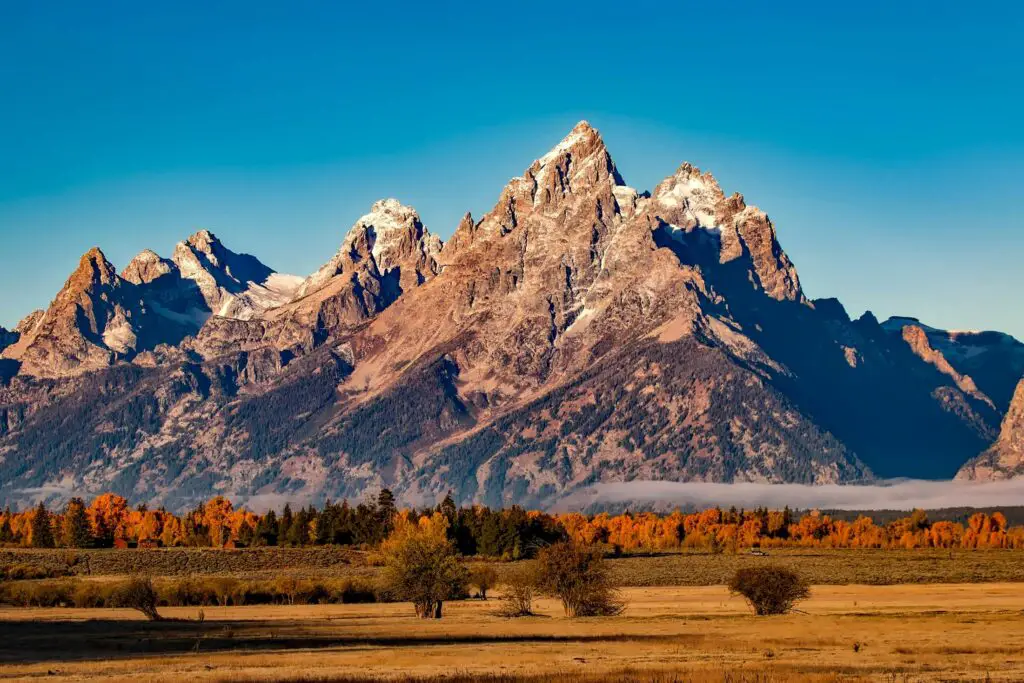
Mount Sinai in Egypt is said to be the site where Moses received the Ten Commandments. The mountain has long been wrapped in awe, with tales of thunder, fire, and God’s booming voice echoing across its slopes. Pilgrims have trekked there for centuries to experience even a piece of that sacred atmosphere.
The legend makes the mountain more than just rock and dust—it feels alive with meaning. To those who believe, standing at Sinai is standing at one of the holiest spots on Earth. It’s easy to see how generations were convinced that the mountain itself was a gateway between heaven and earth.
7. Mount Shasta and Lost Civilizations
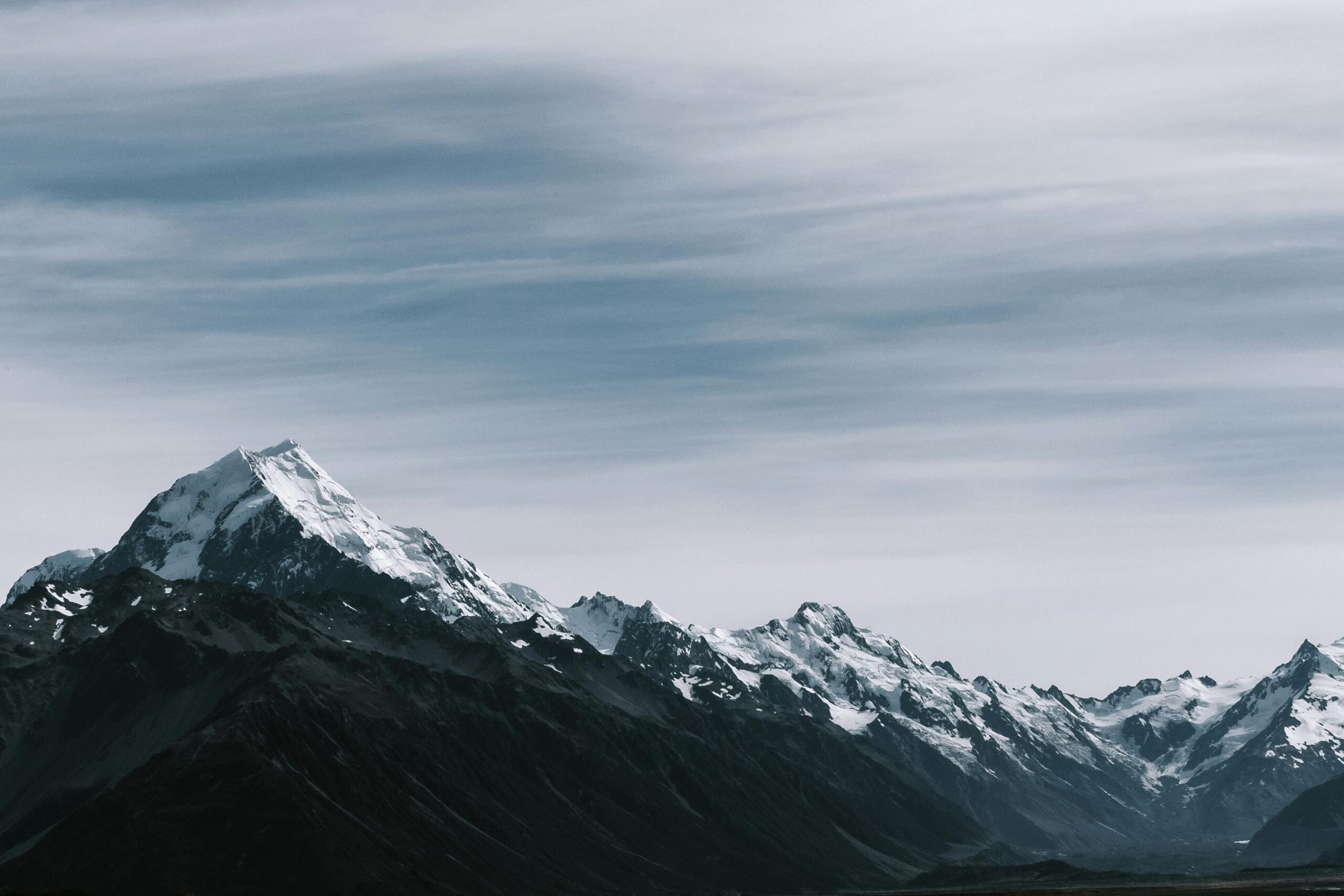
In Northern California, Mount Shasta has long been wrapped in strange legends. Some Native American tribes see it as a sacred place, home to spirits and powerful forces. Later, new-age believers spread stories of a lost civilization called Lemuria living in hidden tunnels beneath the mountain.
Tales of glowing lights, strange beings, and mysterious disappearances still circulate today. Visitors often describe a strange energy when hiking around the peak. Whether it’s imagination or something more, Shasta has earned its reputation as one of America’s most mystical mountains.
8. Mount Elbrus and the Giants
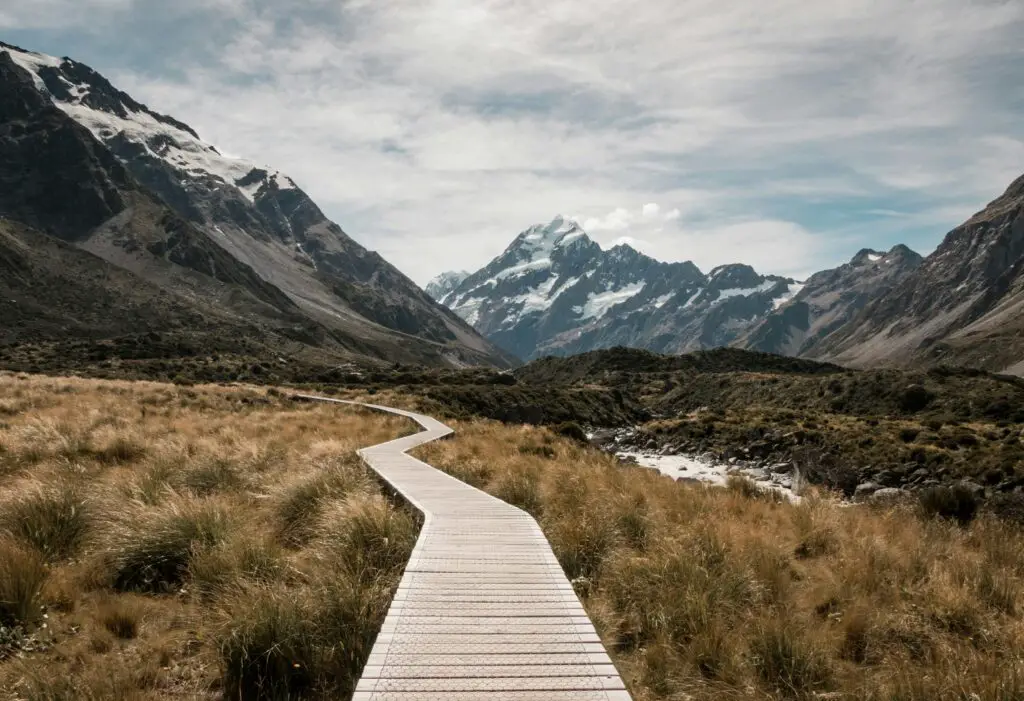
Russia’s Mount Elbrus, the highest peak in Europe, is tied to legends of giants. Local folklore speaks of ancient beings so massive that their battles shaped the mountain ranges themselves. Some say Elbrus was once a volcano where these giants were imprisoned by angry gods.
The idea of a mountain holding the remains or prison of mythical beings adds a dark twist to its beauty. Even without proof, the sheer size of Elbrus makes it easy to picture creatures of enormous scale roaming its slopes long ago. It’s a legend that makes climbers pause and look up with a bit more awe.
9. Mount Taranaki and the Lonely Warrior
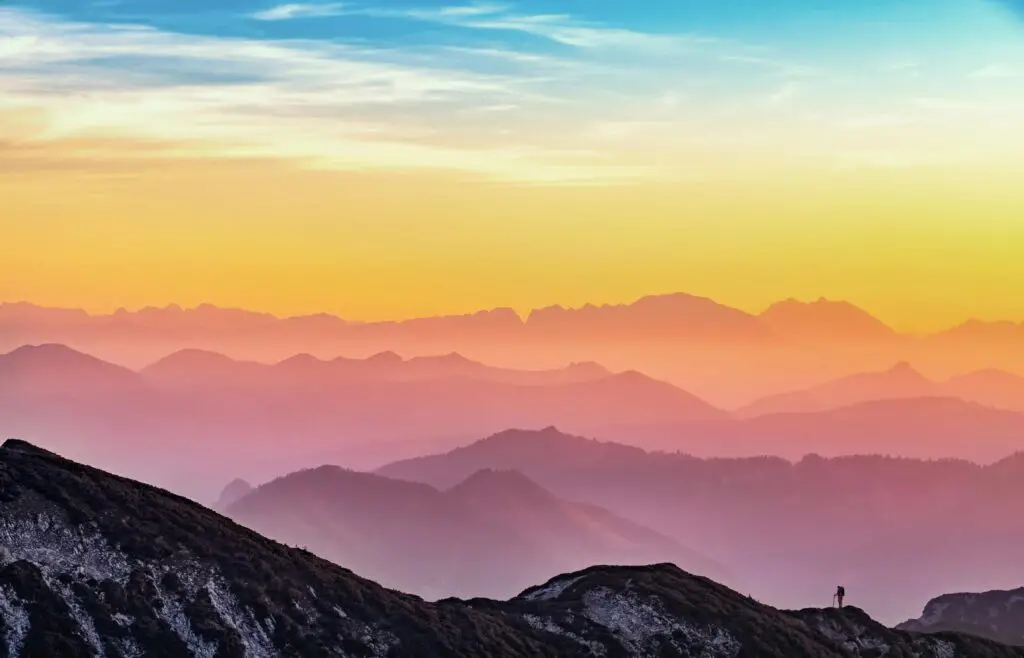
In New Zealand, Mount Taranaki is tied to a story of heartbreak and exile. According to Māori legend, the mountain once lived beside the great volcano Tongariro. But after losing a battle over a female mountain, Taranaki wandered away and now sits apart, shrouded in misty sadness.
The story adds a layer of melancholy to the mountain’s beauty. The mists that often cover its peak are said to be Taranaki’s tears. It’s a reminder of how natural landscapes can become characters in epic love and loss stories passed down for generations.
10. Mount Huangshan and Immortals
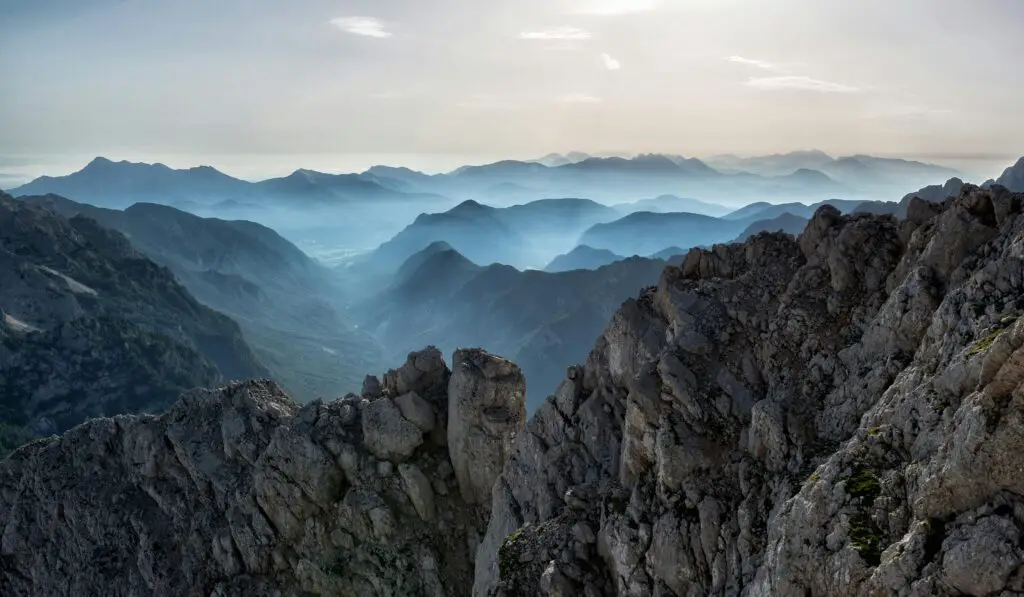
China’s Mount Huangshan is known for its “sea of clouds,” but it’s also steeped in folklore. Taoist legends say immortals lived among its peaks, and travelers sometimes claimed to see figures floating in the mist. The jagged granite spires seemed like perfect perches for beings beyond this world.
Artists and poets were drawn to Huangshan for centuries, inspired by the eerie beauty and stories of its supernatural residents. Even today, when fog wraps around the mountain, it’s easy to imagine ghostly figures drifting between the cliffs. The line between myth and reality blurs in those clouds.
11. Mount Popocatépetl and the Lovers
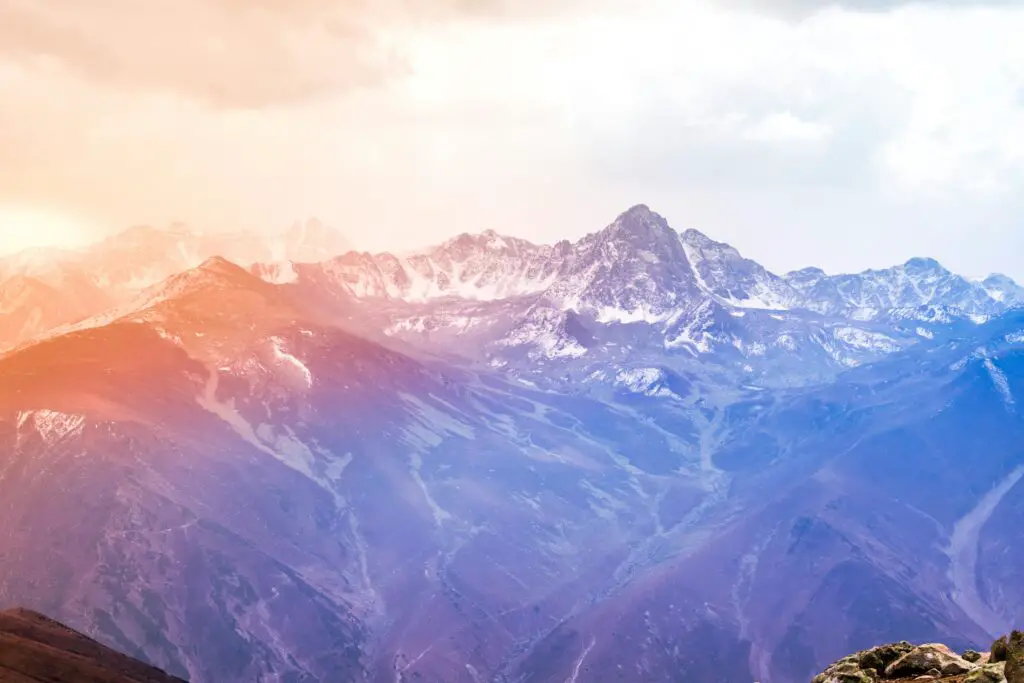
In Mexico, the smoking volcano Popocatépetl is forever linked to a tragic love story. Legend says Popocatépetl was a warrior in love with Iztaccíhuatl, a princess. When she died, the gods transformed them into mountains—him as the fiery volcano, her as the snow-capped peak beside him.
The story gives the mountains a hauntingly human element. Every eruption of Popocatépetl is said to be his fiery grief for his lost love. Watching the peaks side by side, you can’t help but see the heartbreak frozen into the landscape.
12. Mount Kilimanjaro and the Frozen Leopard
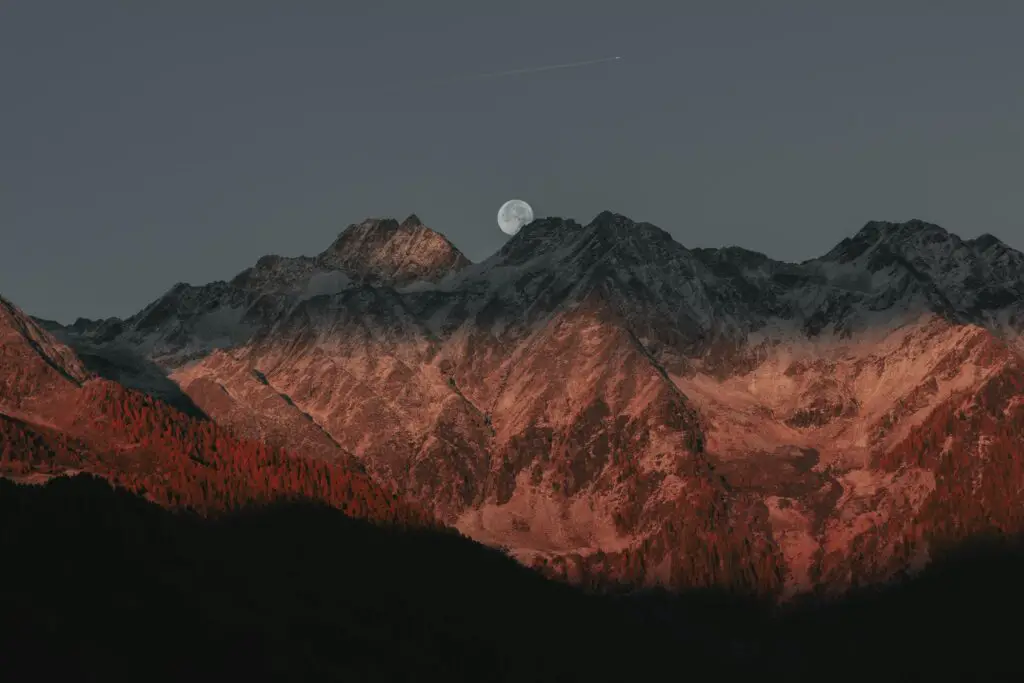
Mount Kilimanjaro in Tanzania has inspired both explorers and storytellers. A famous legend, sparked by Ernest Hemingway’s short story, speaks of a leopard found frozen near the summit. No one could explain why it was there, so high above its natural habitat.
Locals have long told stories about spirits and animals wandering the mountain. The frozen leopard became a symbol of mystery and death, reminding climbers that Kilimanjaro is as dangerous as it is beautiful. The legend still lingers, giving the mountain a ghostly reputation among adventurers.
